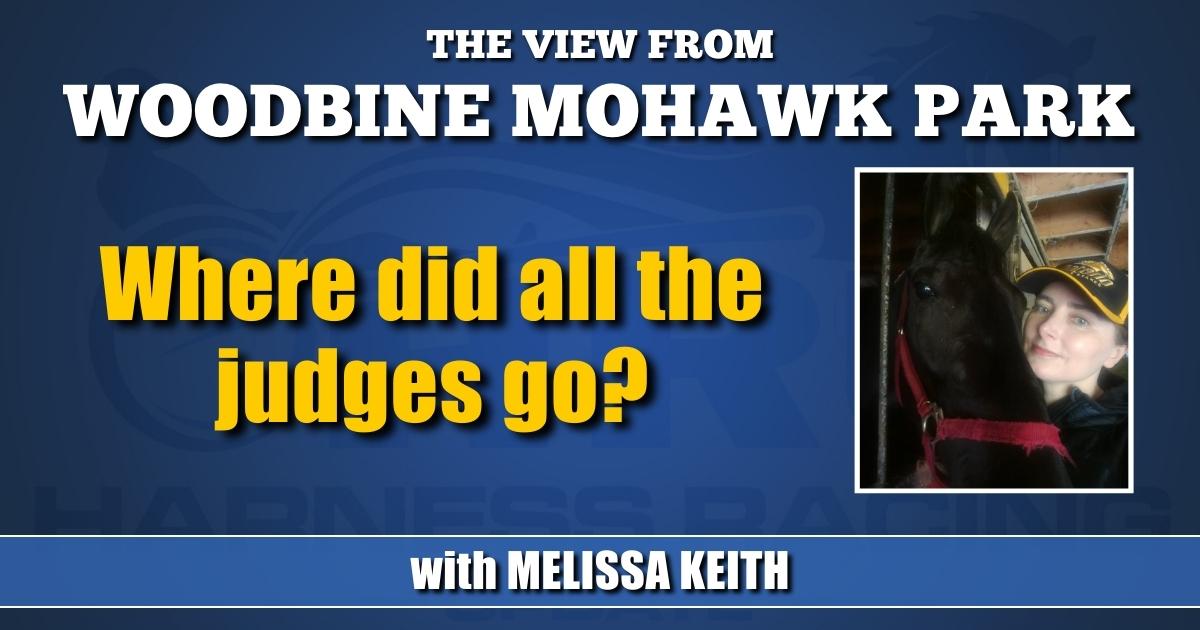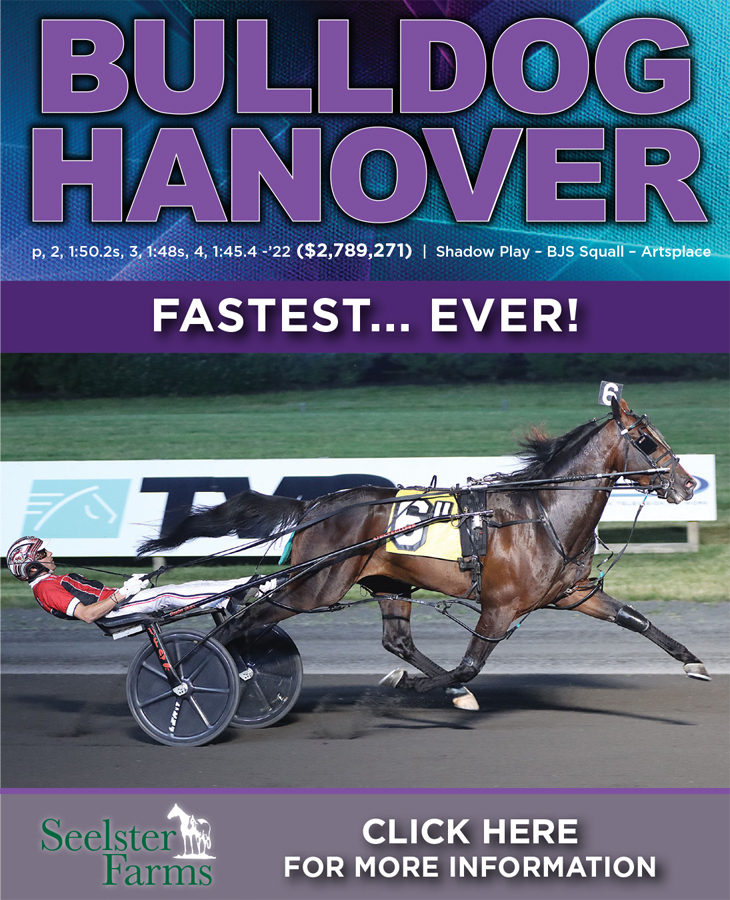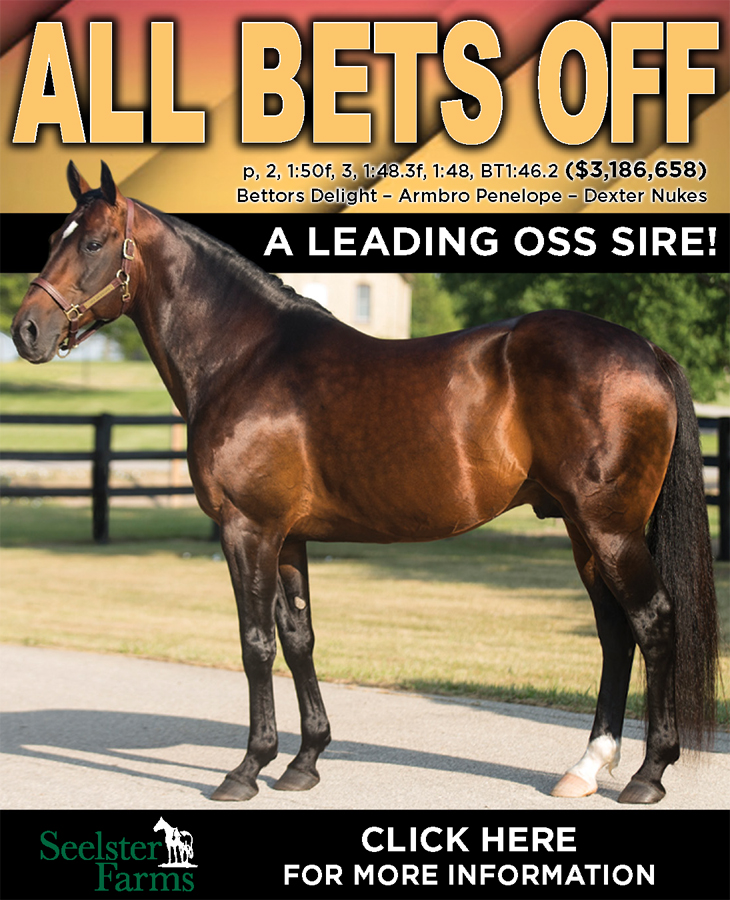

Where did all the judges go?
Jason Portuondo on the need for racing officials.
by Melissa Keith
Earlier this year, Jason Portuondo left the broadcast desk at Woodbine Mohawk Park after 26 years, to train on the job as an Alcohol and Gaming Commission of Ontario (AGCO) associate judge. It’s not glamorous, but somebody has to do it.
“In a few years, we’re going to have a lot of guys retiring, so we’re going to need judges,” he said. “I think it’s a great idea to start programs up and try to get people involved.”
The casual fan or bettor doesn’t see or know much about the job of a racetrack judge. This makes recruitment challenging.
“It’s very unique,” said Portuondo. “I mean, we have some people right now that are training who don’t know racing.”
They must learn the basics of standardbred, thoroughbred, and quarter horse racing alongside the racing rules and how to apply them.
Where did all the judges go? Aside from losing Michael Wilson to the Atlantic Provinces Harness Racing Commission, where the former manager of racing operations for the AGCO and supervisor of standardbred racing for the Ontario Racing Commission started as director of racing on Sept. 6, Portuondo said there is a bigger problem – a demographic one.
“I think it’s the same issue we have with racing in general,” he said. “A lot of the judges we have right now, in terms of Ontario, are older. I mean, I’m 50; I’m not exactly young myself. We need to get younger blood in racing.”
Regulatory roles are the tip of the iceberg.
“Speaking here for Ontario, I know from a training perspective, a riding, driving perspective, even betting, a lot of the core people in this game are older. We need to get the younger people involved in wagering, because without the bettors, you know… indirectly, they’re the ones paying our bills.”
Judges can and do displease trainers, drivers, owners, and bettors with decisions intended to keep the race card moving and maintain integrity of the sport.
“Regardless of what racetrack I’m at, I’m going to make a decision where I know both people, and one person is going to be upset obviously and the other’s not,” said Portuondo, already a familiar face across the industry. “At the end of the day, I look at it like this: That’s what we’re getting paid to do and we’re making that decision on what we’re seeing.”
No one gets preferential treatment.
“For me, I look at it from a betting perspective: I used to be a bettor myself, so I know what bettors are looking for,” said the AGCO associate judge, who was training at Woodbine Racetrack on Sunday. “I know it’s frustrating when the inquiry sign goes up and you’re just, ‘Make a decision!’ Now that I’m on the other side, I see why it takes us [judges] time, because we’re looking at the video; we’re speaking with the drivers, the riders involved, so there’s a lot to process.”
Speed is critical, but not at the expense of coming to the best decision in the moment. “It’s not just about making that decision right away,” said Portuondo. “We’ve got to get all the information together, and there are three of us [judges] up there [in the stand]. It’s an odd number so that when we make a decision, we don’t have an even number.” In his view, taking more time isn’t just annoying to the betting public; it doesn’t translate into greater accuracy, either: “The way I see it, if you’re taking that long to make a decision, you’re not 100 per cent sure.”
There’s no regular day on the job. The Mississauga, ON native travels around the province to racetracks and rolls with what’s happening that day. There’s little “show prep” in his new role.
“Basically, our job is in the stand,” he said. “We get to the racetrack about two and a half, three hours, maybe three and a half – it depends on the racetrack – before the races start. We’re back there in the office, in case anybody has licensing problems; any issues with the horses and they want to come in to talk about equipment changes; they have to come in for a review; they want to call in and scratch the horses because of weather – we’re there for various reasons. So it’s not just about being in the stand. We’re at the actual racetrack beforehand to settle different matters; you know, a couple of people that were fighting in the shedrow, and stuff like that.”
During the card, Portuondo and colleagues stay focused.
“Once races start, we’re strictly up in the stand,” he said. “We’re watching the races; we’re watching replays; we’re adjudicating; we’re making decisions; we’re looking at the ‘splash’, which is basically the finish of every horse, to make sure that if there’s a photo, we agree that the #3 was ahead of the #4 or it’s a dead heat. There’s a lot going on, even in between races, like putting horses on the judges’ list, putting them on the vet’s list, or calling the trainers, letting them know that their horse needs to qualify because of consecutive breaks on a fast track. We’re dealing with claims: we’re making sure claims are good; we’re letting them know who the winning claimant is.”
It’s not for everyone.
“A lot of people were like, ‘Why do you want to do this job?’” said the former racing analyst and handicapper. “People are going to yell at me. That’s okay, because most jobs, you have to report to a higher authority. That’s just the way it is right now. The thing is, when we [judges] make a decision, everybody knows about it, and regardless of which way we go, somebody’s not going to like it. So if you’re that person that’s going to want everyone on your side and don’t have anyone mad at you–forget it.”
Portuondo said he would like to see enhanced communication of regulatory decisions in the future.
“You know, there are ideas that I have, but me being the newbie, I don’t want to come in guns blazing and try to rewrite the books and change the world,” he said. “I know we’re not at that point yet, but I think if we can get to the point where maybe we can explain the reason why we made the decision we made, it can help the bettor understand, from their point of view. We’re not there yet, but that’s something that may happen down the line.”
Playing favorites is no longer an option for Portuondo, although he has a few personal ones, like the horses he considers most impressive.
“On the thoroughbred side I would say Ghostzapper. On the harness side, I’d go with Cam Fella, just because growing up, he was the horse that kind of put racing on the map for me. Then I became friends with Norm Clements, and he was able to get me a video of Cam Fella.”
A highlight from his time on the Woodbine media team is harder to single out.
“That’s tough!” he said, laughing. “I’ve got so many of them… I guess it would have been the Breeders Crown at Woodbine, when I got to work with ‘Hollywood’ Heyden. That was pretty cool because I had met a lot of great figures in racing, and he was definitely one of them and a treat to work with.”
Those who miss his presence on the Woodbine Mohawk Park simulcast can still catch “Porty” alongside his friend, Canadian Olympic champion sprinter Donovan Bailey, on their podcast, “Running Things.” Horse racing talk is mostly off-limits, except for lighter themes.
“He’s learning from me. He told me he thinks he’s faster than a horse, but he’s not,” said Portuondo. “We’re trying to get him into some new things, and I’ve got to get him behind a horse one day. He’s too big to sit on one, but he’s not too big to sit behind one, so that’s the goal.”















